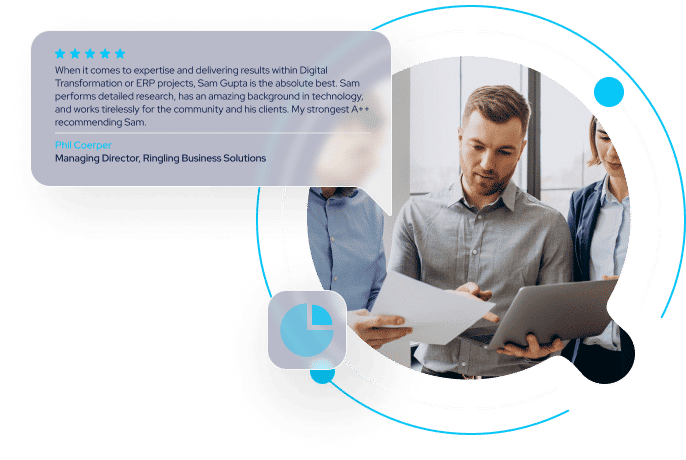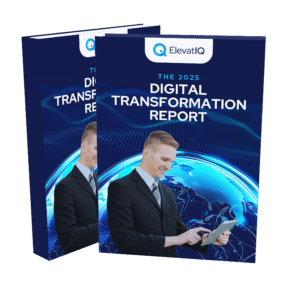Download the Research Note
Top ERP Systems in 2025
Are you excited to discover the top 10 ERP systems of 2025? Curious about how they compare in positioning? Want to explore their strengths, weaknesses, and future roadmap? Wondering how to align your career with market trends? If so, you’re in the right place!
This independent research note, free from ERP vendor influence, delivers concise insights in just over 10 pages. It provides a snapshot of the strategies behind each ERP system in 2025, highlighting their ideal market positions and the segments where they have proven success. It also explores the key trends shaping ERP developments and how competitive dynamics may shift. Additionally, it examines this year’s strategic focus, including product roadmaps, feature enhancements, and notable acquisitions aimed at addressing functional gaps.
We compile this report by continuously tracking ERP systems and companies within the ERP ecosystem using a diverse range of sources. These include surveys, interviews, panel discussions, proprietary databases, customer inquiries, industry reports, vendor briefings, and user forums. Designed for digital transformation executives leading ERP initiatives and ERP software product executives strategizing their R&D investments, this guide also serves as a valuable resource for ERP practitioners looking to shape their careers.
Questions this report will answer:
How have AI advancements influenced ERP systems in 2025?
How is generative AI expected to impact ERP application interaction models?
Will cloud nativeness continue to drive ERP procurement cycles, or will AI change this trend?
How might AI maturity reduce the relevance of cloud-native ERP systems?
What role do business models play in determining whether an ERP system should focus on broad applications or industry-specific solutions?
How do large enterprises engaged in frequent M&A prioritize ERP features differently from smaller businesses?
What are the trade-offs between horizontal ERP solutions and industry-specific ERP functionality?
Why do startups prioritize simplicity and ease of use in ERP systems compared to enterprises?
How do vendor acquisitions and solution consolidations reshape ERP system architecture?
How should organizations balance pre-integrated, industry-specific ERP suites against more flexible, modular solutions?
Why is a careful analysis of specific needs and efficiency goals crucial when selecting an ERP system?
This is Our
Case Study
A brief walkthrough of a recent customer who went through the process of developing the strategy to transform their current eCommerce operations to include a buy-online-and-pick-up-in-store and buy-in-store-ship-to-home business model.

Problem
A leading fashion retailer with more than 30 stores throughout the United States was struggling with the customer experience and accommodation of business models such as buy-online-pick-up-in-store due to disconnected eCommerce and fulfillment systems. They needed omnichannel experience that could transform their experience and help them compete with their larger peers.
Solution
They hired ElevatIQ to assess their as-is and to-be state and come up with the strategy to enable the needed experience. Through the series of workshops and secondary research of their data, ElevatIQ formulated a strategy with the changes in business processes, information architecture, and systems.
Outcome
The strategy resulted in a clear alignment of their executive teams with a refined understanding of their business processes and operations. The strategy also resulted in a clear understanding of the investments and solutions required to implement the strategy.


